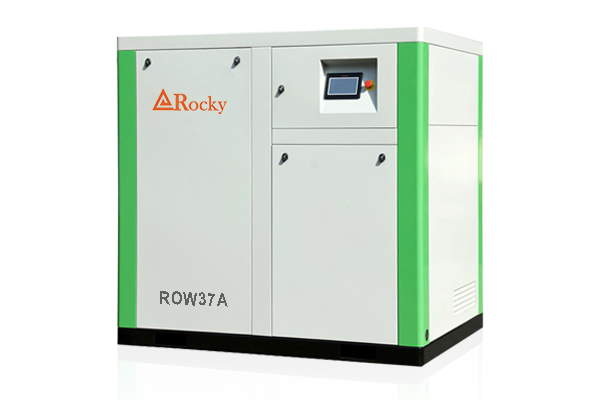
You may have purchased a nitrogen compressor but will not use it. Since there may be differences between different compressors, the operation methods and precautions are the same as oxygen compressors and hydrogen compressors. Hope you can read it, maybe you will know more about nitrogen compressor.
main:
Nitrogen compressor compression operation procedure
Precautions
Nitrogen compressor compression operation procedure
1 Scope
It specifies the operating tasks, operating points, precautions and accident handling of the nitrogen compression station. This post-operation method is suitable for a nitrogen compressor used as a nitrogen compressor.
2. Process requirements
Usually, the 0.03 MPa nitrogen is compressed from normal pressure to 20 MPa, and then sent to the high-pressure nitrogen storage tank.
3. Post-operation tasks
Nitrogen compressors usually compress nitrogen from atmospheric pressure to 20 MPa equipment.
4. Introduction to the process
The 0.03 MPa nitrogen enters the nitrogen buffer tank from the outside of the boundary area. After being separated from the water, it is sent to the nitrogen compressor through the seventh stage at a pressure of 10 MPa, and then enters the high-pressure nitrogen storage tank.
5. Raw material specifications
The purity of nitrogen is 99.5%, the oxygen content is 10PPm, the normal temperature is 0.0MPa (gauge pressure), and there is no oil and dust.
Precautions
When the hydrogen refueling station replaces the catalyst and needs to replace the nitrogen, the operator of the nitrogen compression station should be notified. Other personnel are not allowed to start the nitrogen compressor at will. Check the valve body, pipes, fittings, check valve, valve, oil-water separator, water cooler, etc. of the compressor body for abnormalities, whether the electrical oiler and crankcase are in the normal position, and the coupling is fixed if the screws are tightened. During the inspection, the abnormal situation should be resolved in time.
Start the fueler, pay attention to observe whether the fueler is working normally, and adjust the fuel consumption.
Valves should be opened: 4-1 circuit valve, first-stage intake valve, all-stage drain valve, and other valves will be closed. Open the inlet valve of the high-pressure nitrogen storage tank, and replace the outlet valve and discharge valve of the high-pressure nitrogen storage tank.
After the starter is normal, start the nitrogen compressor. When the compressor is in normal operation, first replace the drain valve of each stage from the first to the fourth stage, and finally close the loop valve, and at the same time open the compressor outlet air supply valve to supply air to the high-pressure air. Supply box.
When the compressor is operating normally, check it every half an hour, check, listen and touch the compressor. Check the oil level of each moving part, machine part, valve, especially the oiler, and whether it is oiled. Adjust the oil volume to prevent accidents.
The oil-water separators of all levels should be opened at intervals of seven, six, five, four, three, two and one level to remove oil and water, thereby affecting the stable gas supply of the compressor.
When the pressure and temperature of nitrogen, cooling water and lubricating oil are found to change at different levels, and the movement mechanism makes abnormal noises, it should be checked immediately and the cause of the change should be eliminated in time.
The drainage temperature of each level of cooler and cylinder water jacket should not exceed 40°C, the water pressure should not be less than 0.15MPa, the circulating oil pressure of the crankcase should be maintained at 0.15~0.2, and it should not exceed 50 after cooling.
Nitrogen compressor cylinder lubricants use 13 types of compressor oils in winter, 19 types of compressor oils in summer, and 30 types of mechanical oils in the crankshaft circulating oil of the motion mechanism.
When adding lubricating oil, please be careful not to mistake it for compressor oil and No. 30 mechanical oil. Compressor oil and oil injector oil must be filtered through a copper wire mesh with a hole diameter of 0.147mm (100 mesh).